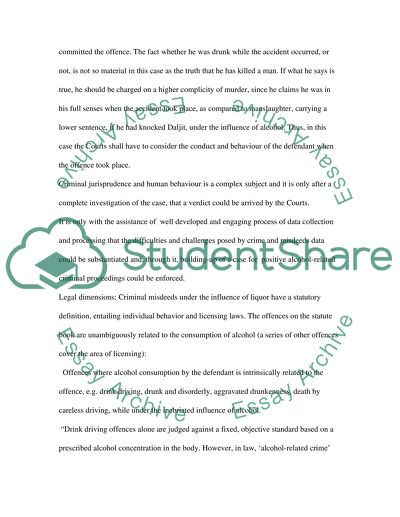Cite this document
(“Law of Criminal Evidence Essay Example | Topics and Well Written Essays - 1500 words”, n.d.)
Law of Criminal Evidence Essay Example | Topics and Well Written Essays - 1500 words. Retrieved from https://studentshare.org/law/1503704-law-of-criminal-evidence
Law of Criminal Evidence Essay Example | Topics and Well Written Essays - 1500 words. Retrieved from https://studentshare.org/law/1503704-law-of-criminal-evidence
(Law of Criminal Evidence Essay Example | Topics and Well Written Essays - 1500 Words)
Law of Criminal Evidence Essay Example | Topics and Well Written Essays - 1500 Words. https://studentshare.org/law/1503704-law-of-criminal-evidence.
Law of Criminal Evidence Essay Example | Topics and Well Written Essays - 1500 Words. https://studentshare.org/law/1503704-law-of-criminal-evidence.
“Law of Criminal Evidence Essay Example | Topics and Well Written Essays - 1500 Words”, n.d. https://studentshare.org/law/1503704-law-of-criminal-evidence.


